Gialova Lagoon case study
-
08/2020 & 12/2020
-
08/2020 & 12/2020
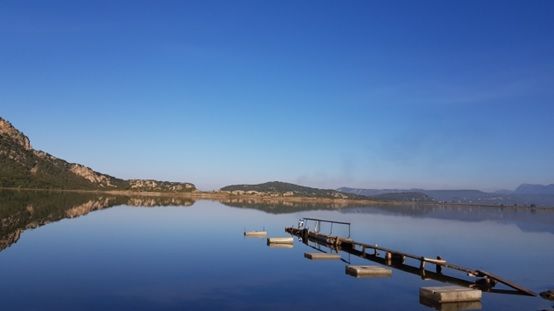
A multidisciplinary methodological approach was followed in Gialova lagoon, SW Peloponnesus (Greece), on the basis of two sampling campaigns conducted on August and December 2020, during which geophysical and sedimentological data were collected, respectively. The project has been funded by the Oceanus-Lab in collaboration with Intelligent Machines Single Member P.C. The main objectives were to identify the morphology and characteristics of the lagoon floor, to visualize the spatial distribution of its sedimentological characteristics, to examine possible correlations amongst acoustic characteristics of the lagoon’s floor and granulometry, to calculate the elemental concentration of surface sediments and finally to examine potential heavy metal enrichment, using validated techniques.
The reconnaissance survey revealed the geophysical and morphological characteristics as well as the submerged vegetation mapping of the lagoon, using a high resolution side scan sonar on board of an Unmanned Surface Vehicle (USV). The unique characteristic of this effort was that, it was the first successful attempt to collect data from extremely shallow and turbulent waters, using a USV. The detailed bathymetry acquired from the single beam echosounder, showed that the lagoon consists of an extremely shallow water body, with a maximum water depth of 0.70 m. The backscatter data underwent both unsupervised and manual classification. These procedures revealed that the bottom of the lagoon consists of submerged aquatic vegetation, two running ridges of E-W and N-S direction, drainage embankments and two very shallow “basins”.
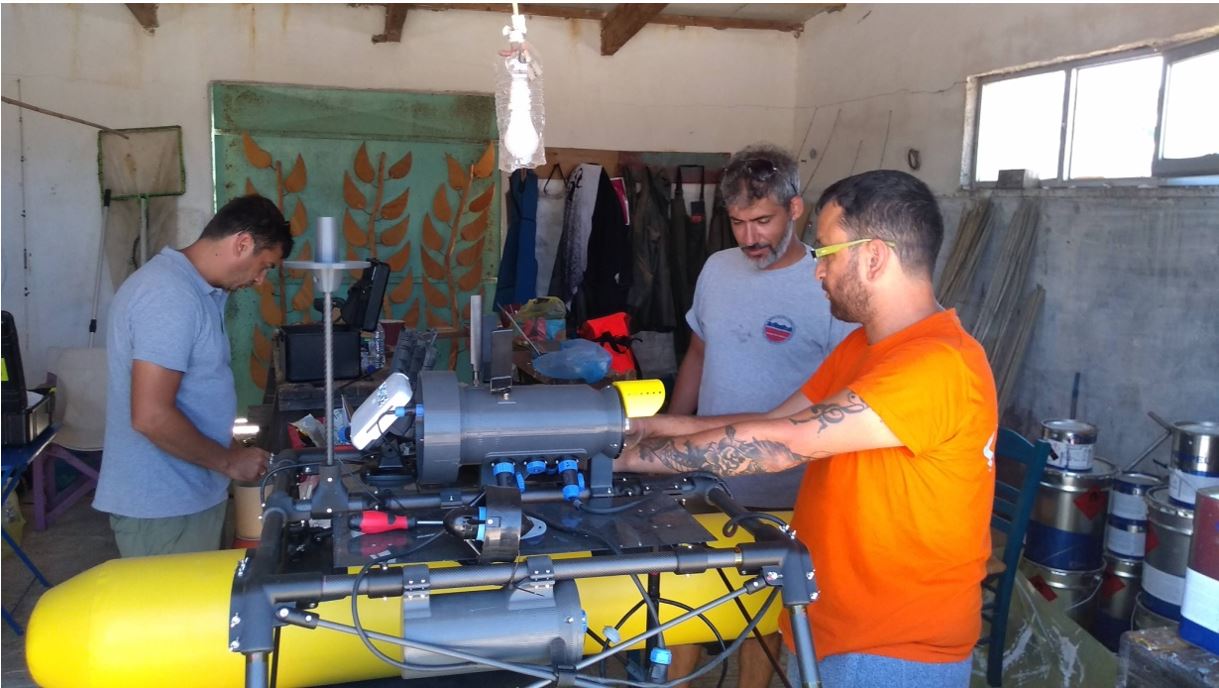
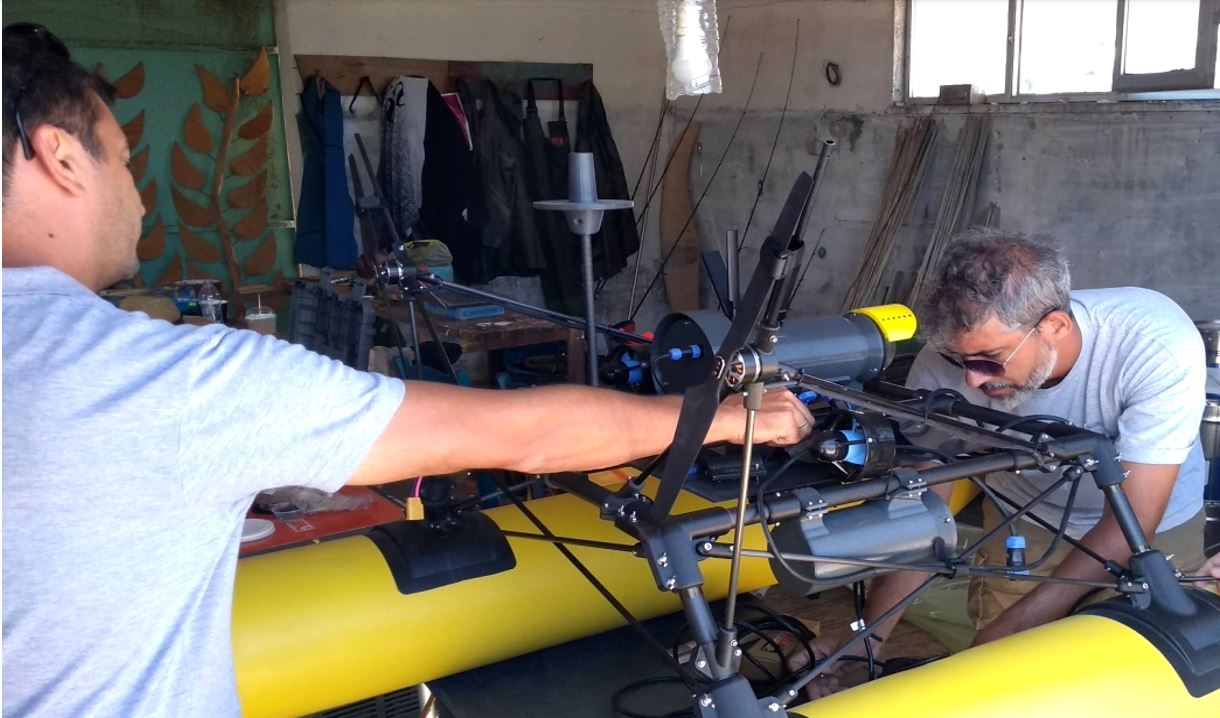


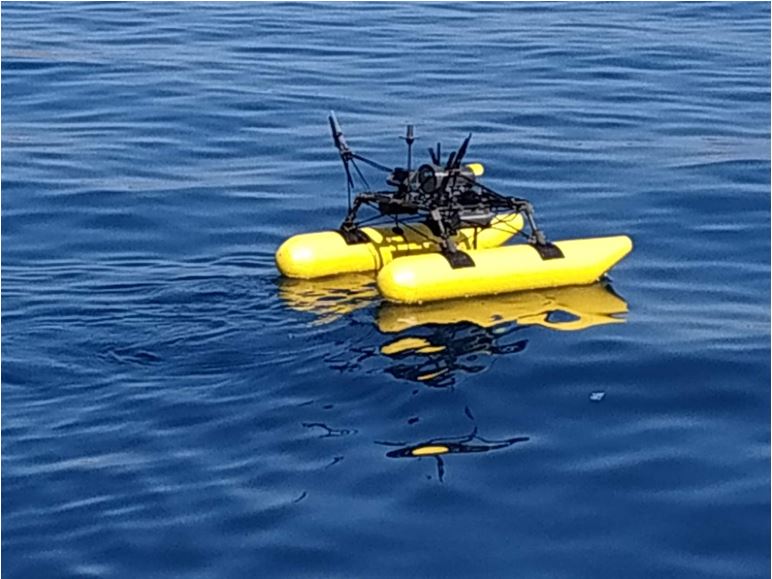
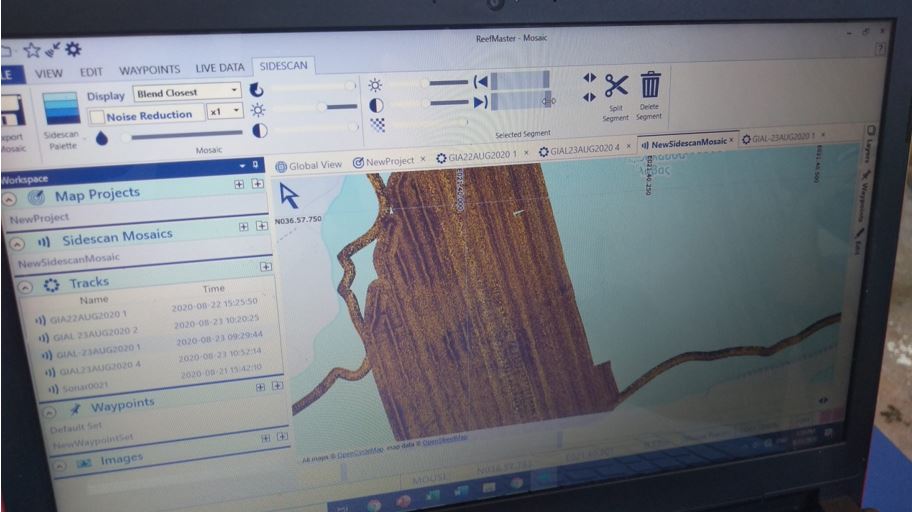
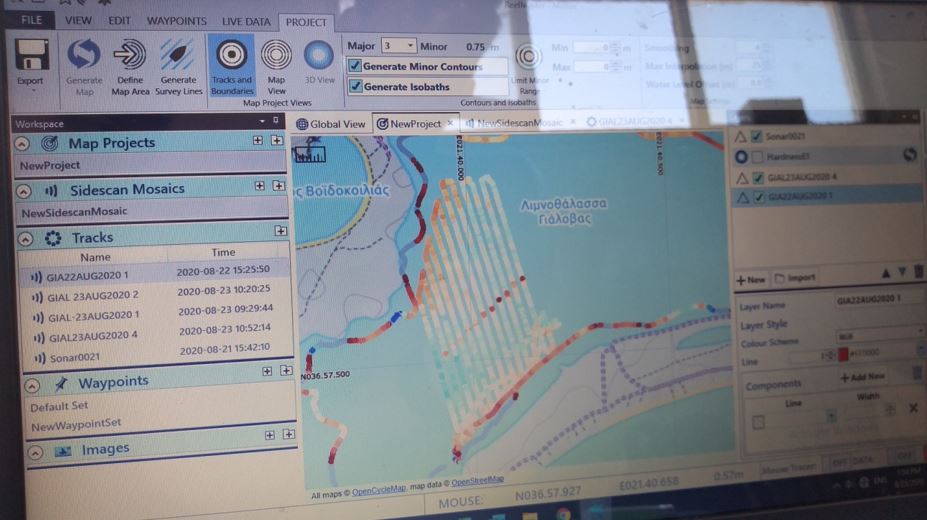
Sediment samples were collected from pre-defined sampling stations based on the backscatter properties of the lagoon floor, for the investigation of the spatial distribution of the lithological characteristics, and the major/trace elements and the organic carbon, and were subjected to macroscopic description, granulometry and chemical analysis.
The sediment samples of Gialova lagoon were classified in different sediment types, based on the grain size analysis, the macroscopic observations and the textural evaluation. The grain size statistical parameters calculation [mean (Mz), sorting (σi), skewness (Sk) and kurtosis (KG)] and the granulometry of the surface sediments results showed that, the lagoon floor is covered mostly by fine grained sediments, which are dominated by foraminifera, ostracods and molluscs (gastropods and broken bivalve shells)]. The organic fraction (plant residues) participates as a small percentage.
The Multivariate statistical treatment was subjected to the whole geochemical dataset. R-mode Factor Analysis, which represents the element associations and sources, displayed the dominant geochemical processes occurring in the lagoon bottom sediments. Q-mode FA represents the interrelationships of the sediment samples, in terms of their geochemical composition. Q-mode Factor Analysis plot identified the surface sediment samples clusters and portrayed the entire spectrum of contamination of the surface sediments of the lagoon.
Regarding the assessment of the trace metals contamination level and the possible anthropogenic impact on the sediments of Gialova lagoon, Geoaccumulation Index, Enrichment Factor and Pollution Load Index were chosen.
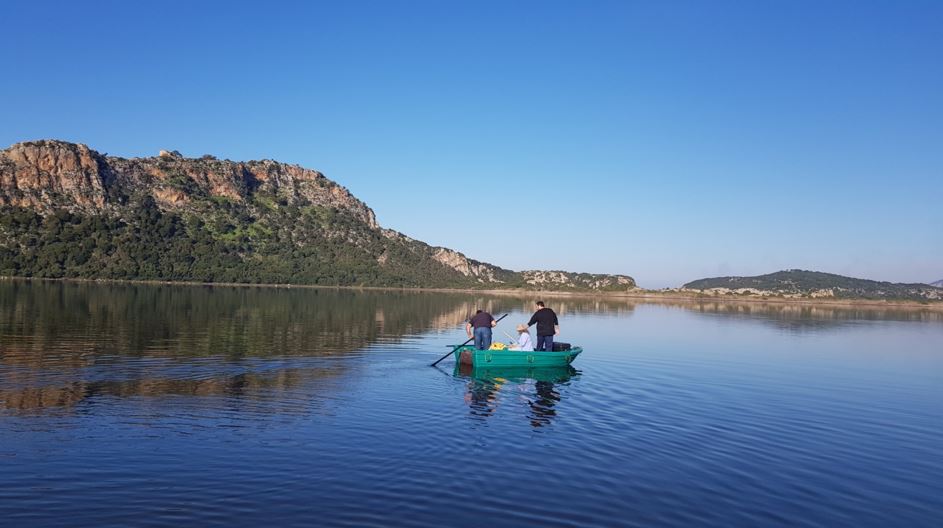
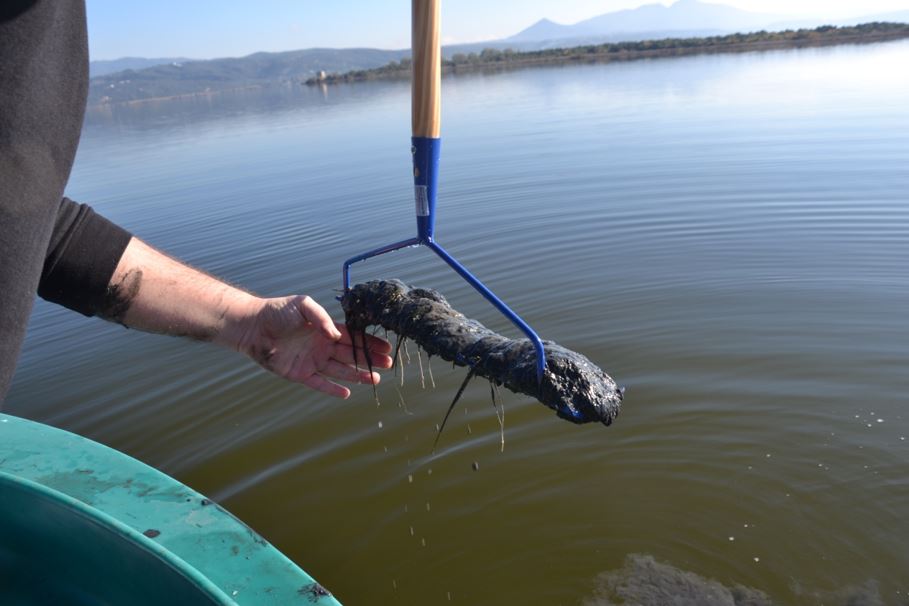
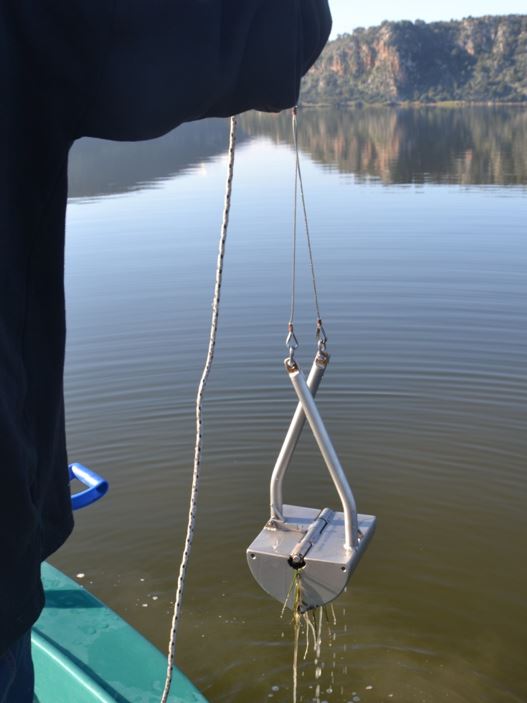
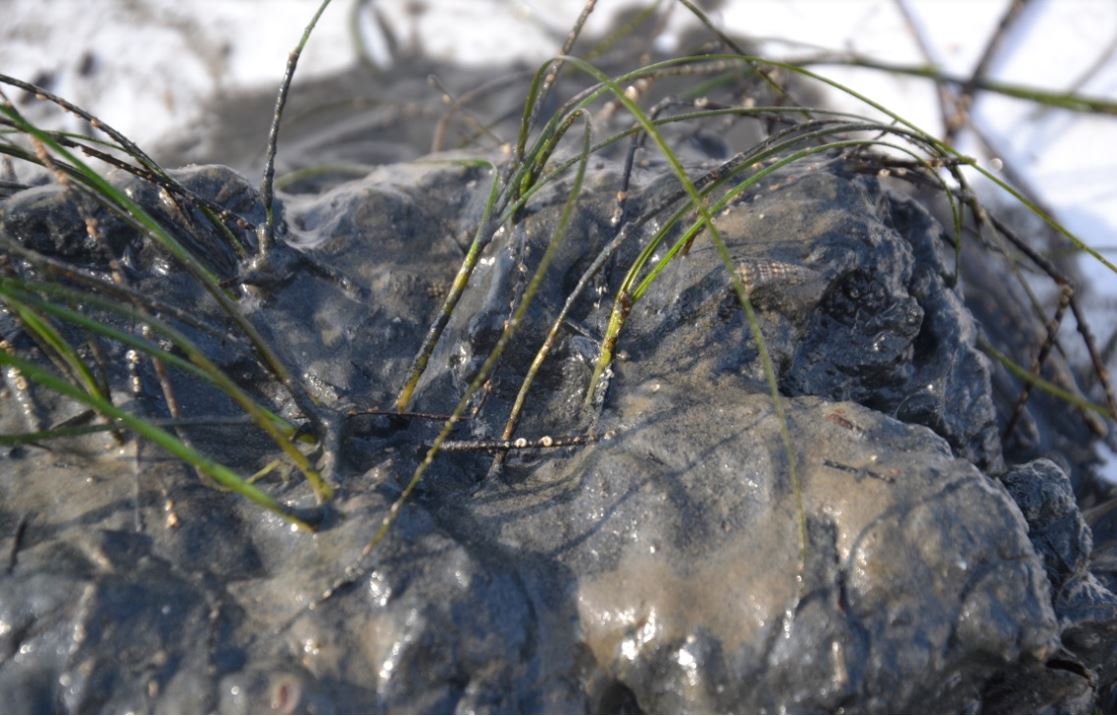
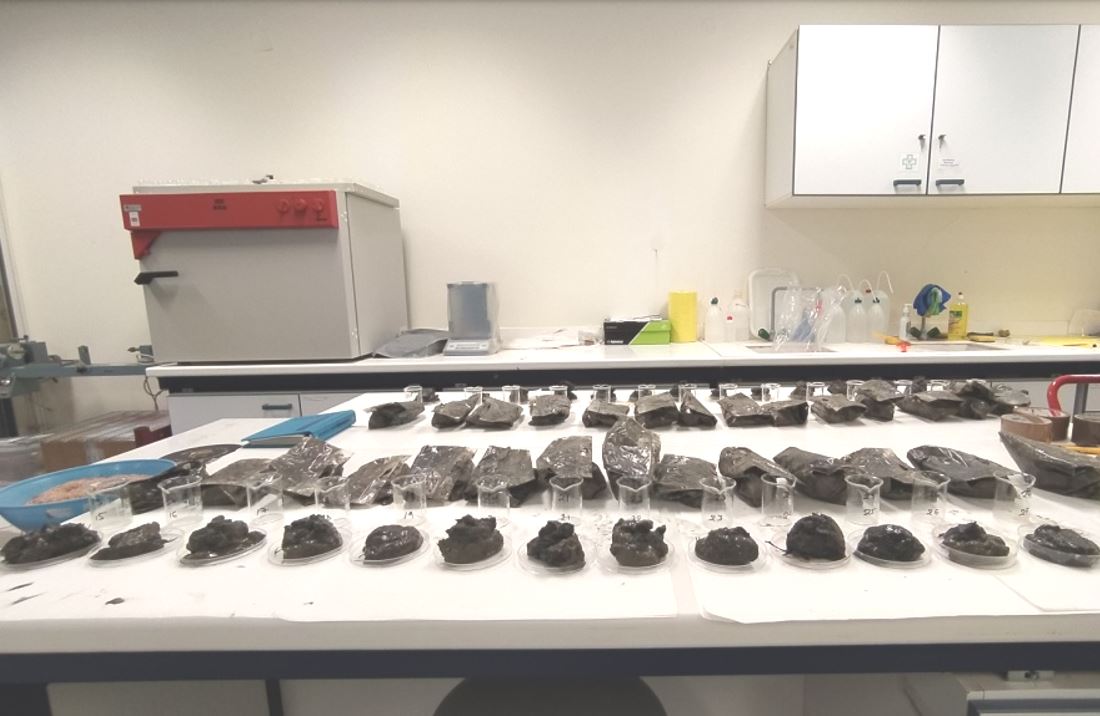
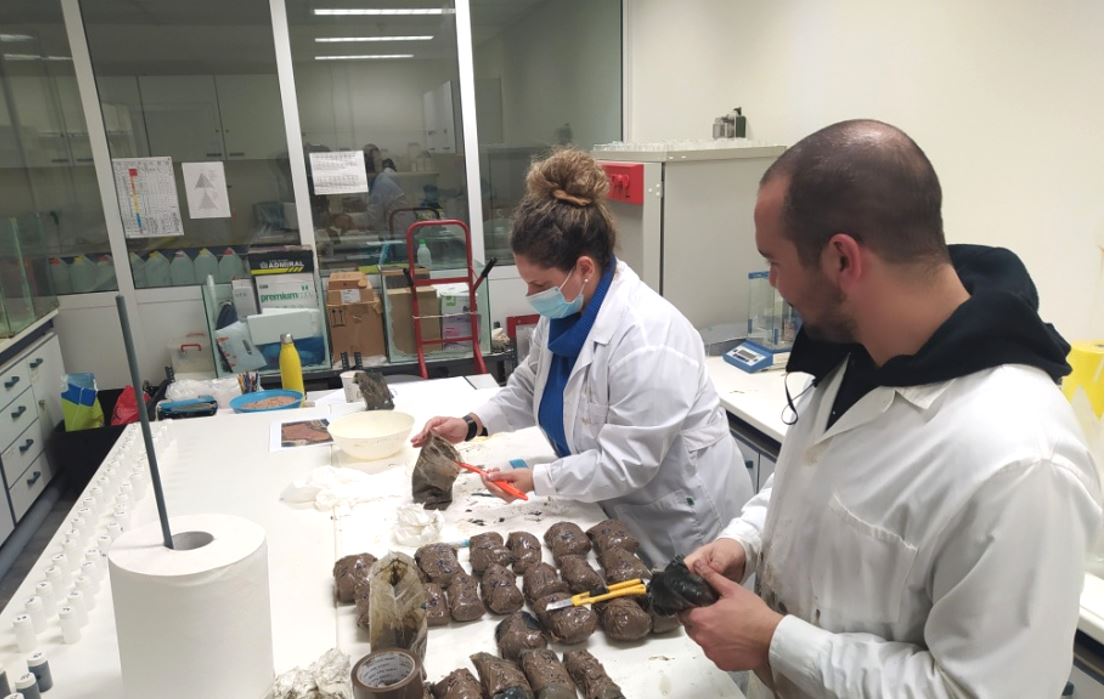 Images by Oceanus-Lab.
Images by Oceanus-Lab.
Documents
Location
